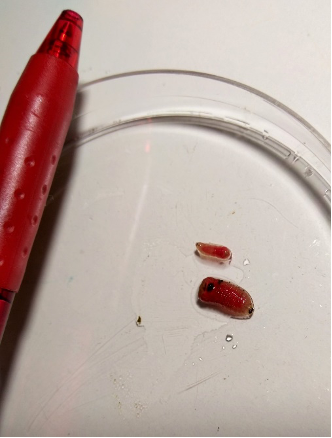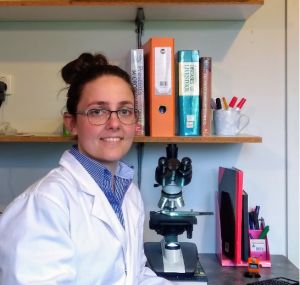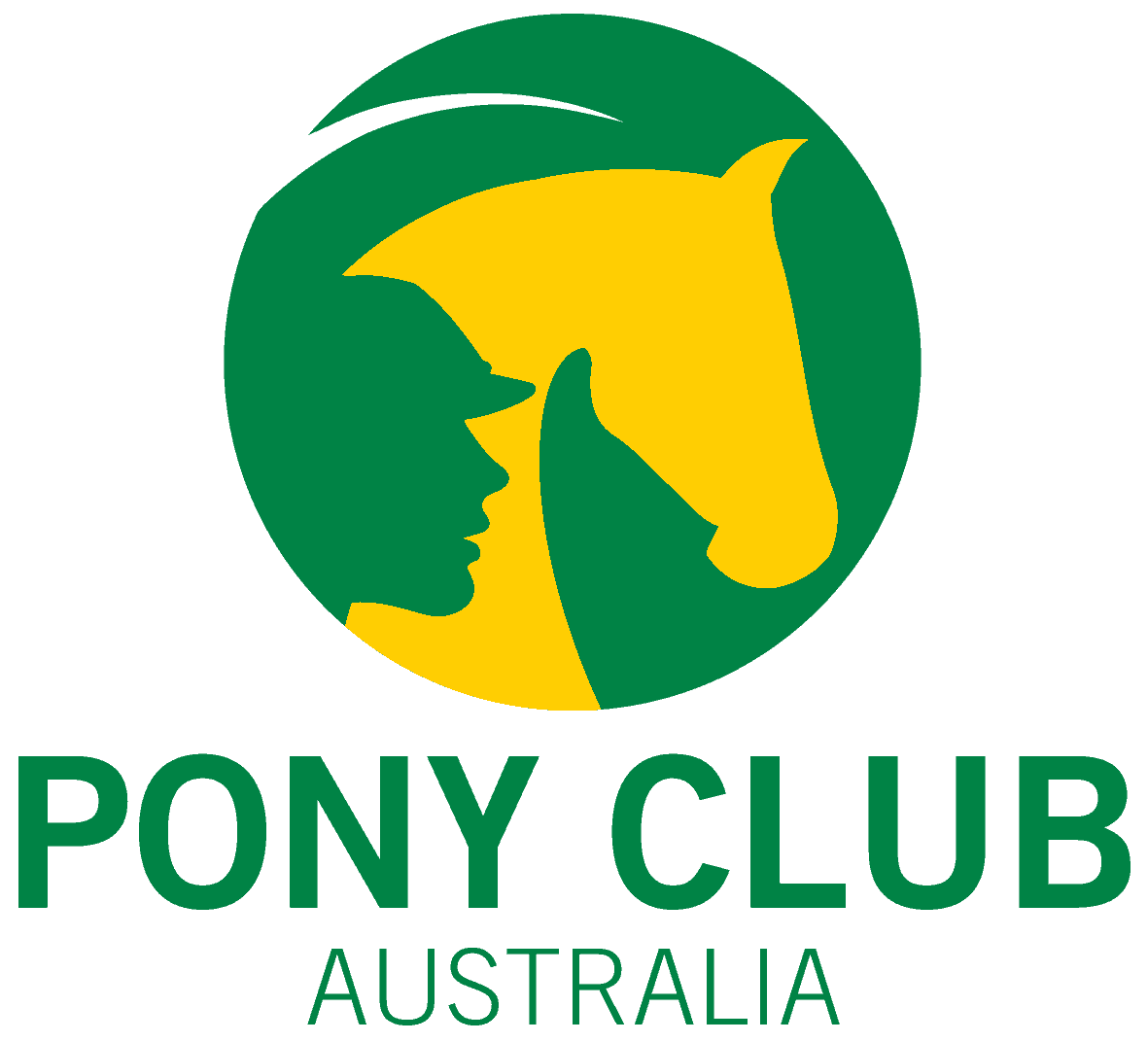Bot flies are a common annoyance for horses throughout summer and autumn. In Australia, there are three species of bot fly, all within the genus Gasterophilus: G. intestinalis, G. nasalis and less common, G. haemorrhoidalis. Each species is slightly different in appearance and egg-laying behaviour. However, their lifecycles and control methods are similar.
It should be noted that while bots are a parasite of horses, they are insects (arthropods), not worms (helminths). Therefore, bots must be managed alongside worms: a management system set up to control worms may not control bots as well.
Adult bot flies live for only a week, and females spend the entire time laying eggs on horses. After the eggs have been laid upon the horse’s coat (usually the legs, neck, shoulder) the horse will ingest the eggs through licking/scratching. The eggs will hatch within the mouth and larvae will migrate through the oral cavity eventually making it to the stomach. Heavily infected horses may show pain and discomfort in the mouth. Within the stomach, the larvae will adhere to the stomach lining, and slowly develop into mature larvae, before passing out in the manure where they will enter the soil to pupate, usually in spring. Adult bot flies may appear around January and continue until the cold weather of early/mid-autumn in Southern Australia, with a longer season in Northern Australia with the warmer climate.

Varying levels of growth between larvae.Photo credit: WormCheck
In horses with large burdens of bot larvae, the bots can cause ulcers and lesions which lead to associated symptoms such as weight loss and poor condition.
As bots do not reproduce when inside the horse, they cannot be diagnosed through faecal egg counts.
Gastroscopy may be useful if a large burden is suspected, as the larvae can be visually detected.
For control of bot flies, prevention is always better than relying solely on a cure. Daily removal of bot eggs from the horse will prevent high burdens occurring. Eggs should be removed with a bot knife or razor in an area where the horse does not eat, and collected and disposed of.
Some home remedies state that eggs can be washed off with warm water, alcohol or turpentine. These remedies are based on loosening the ‘glue’ that sticks the eggs to the hairs. However, soaking may be required to loosen them enough. These methods will not kill the bot eggs, nor will treating with insecticides as bot eggs are extremely resilient. Usually the simple method of using a bot knife is the easiest method to remove eggs.

Bot fly eggs deposited on horse leg. Photo credit: WormCheck.

Bot larvae that passed out of a horse following worming with Ivermectin. Photo credit: WormCheck.Deterring female bot flies from laying eggs is nearly impossible. Fly sprays do not work. However ,rugging with mesh/lightweight rugs may prevent egg laying on the neck/shoulder areas although the legs will still be exposed. Anecdotally, providing undercover shelters may deter/confuse the fly, however this has not been proven scientifically.
To treat horses for internal infections, treatment with an appropriate drench once a year is required. The lifecycle of a bot fly is 12 months; this means a single once-a-year treatment can disrupt the bots’ lifecycle. Any wormer containing ivermectin, abamectin or moxidectin is effective.
The timing of the treatment should be after the bots have ‘finished’ for the season. For Southern Australia, this is late autumn/early winter, and for Northern Australia, early winter. Leaving the treatment until the end of winter or early spring may not be effective as bot larvae may already have passed out into environment. Always remember to time the bot-fly treatment to be in conjunction with treatment for worms/helminth parasites to avoid unnecessary wormings.
Meet our Pony Club Australia Parasitologist:

Dr Jacqui Panozzo is a past Pony Club member, being a member of Drouin Pony Club (VIC) for over 10 years. She completed her PhD in parasite diagnostics in 2018 with a focus on strongyle nematodes of livestock. Jacqui is a graduate of the Sport Australia ‘Women Leaders in Sport’ program sponsored by Pony Club Australia. She runs her own company ‘WormCheck’ offering faecal egg counts to horse and other livestock owners, as well as teaching Biology and Animal Health at Federation University Australia.
For further information about horse and livestock parasites, follow WormCheck’s Facebook page.
